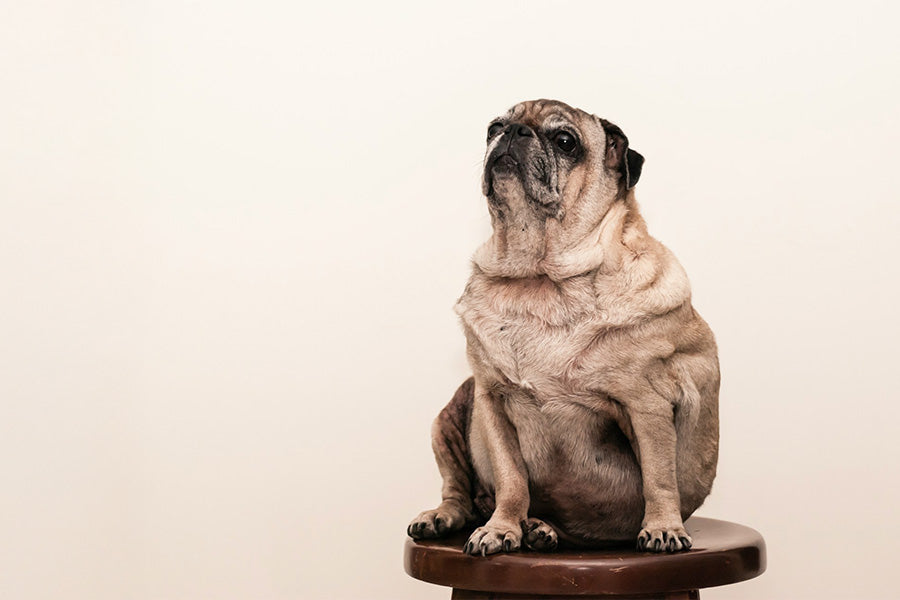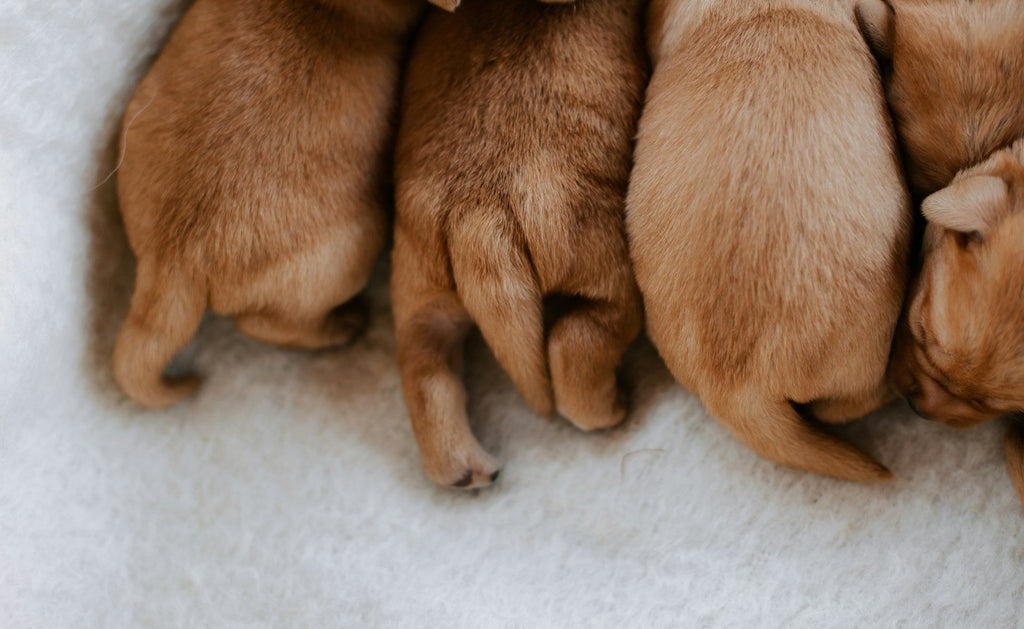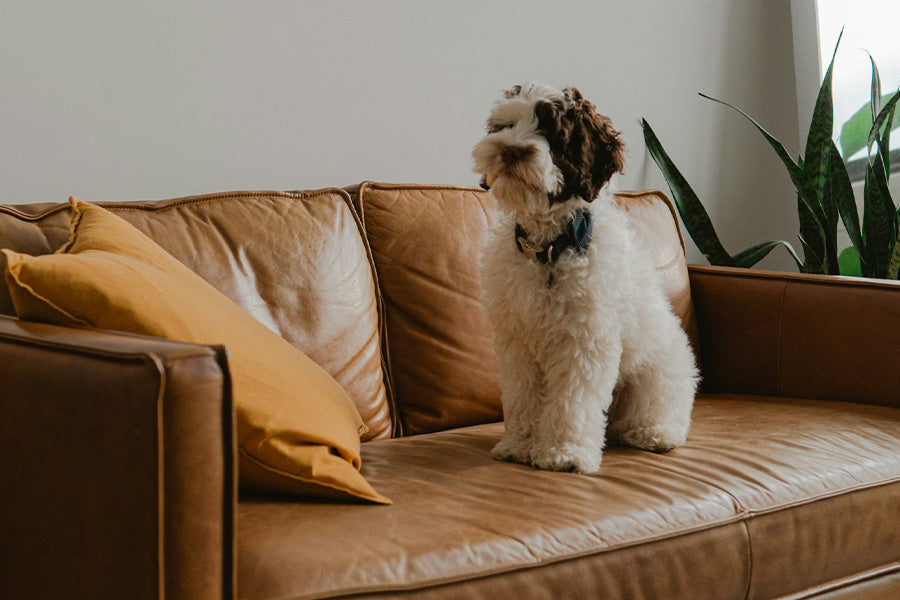Tips for Successful Adult Dog Training

Before diving into training techniques, it's crucial to understand your dog's unique needs.
Adult dogs, like humans, have individual personalities and past experiences that shape their behaviour.
Recognizing these factors can significantly influence how you approach training. Patience and empathy are your best allies, as they allow you to connect with your dog on a deeper level, setting the foundation for effective learning.
Assessing Behavioural Patterns
Start by observing your dog's behaviour. Are there particular triggers that cause anxiety or excitement? Understanding these patterns can help tailor your training approach. It’s important to note that each dog has its own pace, so what works for one might not work for another.
Consistency is key. Dogs thrive on routine, so ensure that training sessions are regular and predictable. This predictability not only helps in learning but also reduces anxiety, making your dog more receptive to training.

House Training an Adult Dog
House training is often associated with puppies, but adult dogs can require it too, especially if they are new to a home or have developed undesirable habits. Older dogs might have established habits that need to be gently corrected, which can be more challenging than starting from scratch with a puppy. Here's how to house train an adult dog effectively:
Establish a Routine
Setting a routine is vital. Feed your dog at the same times each day to regulate their bathroom schedule. This regularity helps your dog anticipate when they need to go outside, minimizing accidents indoors. Regular walks and outdoor time are crucial.
If you live in an apartment or have limited outdoor space, innovative solutions like the doggy bathroom can be a lifesaver. These alternatives offer your dog a comfortable space to relieve themselves without needing immediate outdoor access.
Positive Reinforcement
Positive reinforcement is one of the most effective training methods. Reward your dog with treats, praise, or play whenever they exhibit the desired behaviour. This encourages them to repeat the action, reinforcing good habits over time.
The key is to reward promptly after the desired behaviour, so your dog makes the connection between their action and the reward. This method also strengthens the emotional bond, as your dog will associate training with positive experiences.
The Role of Doggy Bathrooms and Pee Pads
Incorporating tools like pee pads and doggy bathrooms can significantly ease the house training process, especially for urban pet owners or those with mobility challenges. These tools provide flexibility and convenience, ensuring your dog has a designated spot to relieve themselves even when getting outside isn't feasible.
Choosing the Right Products
When selecting pee pads or a doggy bathroom, consider your dog's size and preferences. Some dogs may prefer larger pads or specific textures. It's also beneficial to look for products that are eco-friendly and ethically produced, aligning with your values. This not only benefits the environment but also ensures you are providing the best for your pet without compromising on quality or safety.
Training Your Dog to Use Pee Pads
Place the pee pads in a consistent location and guide your dog to them regularly, especially after meals or naps. Use verbal cues and rewards to encourage usage. Over time, your dog will associate the pads with their bathroom needs. Gradually, you can even transition to outdoor habits if desired, using the pads as an intermediate step in the training process.
Overcoming Common Training Challenges
Training an adult dog isn't always straightforward. Each dog has its own set of challenges, and understanding how to address them can make a significant difference. Here are some common challenges and how to overcome them:
Addressing Anxiety and Fear
Some adult dogs may have anxiety or fear due to past experiences. Patience and gradual desensitization are crucial. Create a safe space for your dog and use gentle, reassuring tones during training. Engage in activities that build confidence, like interactive play or simple obedience tasks, to help your dog feel secure and less anxious.
Dealing with Stubbornness
Stubbornness in dogs can be frustrating. If your dog resists training, try varying your approach. Incorporate play and interactive toys to make learning more engaging.
Sometimes, the key is to find what motivates your dog, whether it’s a specific treat, toy, or activity, and use that to encourage participation and learning. Remember, persistence pays off, and a flexible approach can yield better results.

Innovative Training Solutions
The pet care industry offers numerous innovative products that can enhance your training efforts. From interactive toys to smart collars, these tools can provide additional support. They allow for more personalized training experiences that cater to your dog's specific needs and preferences.
The Benefits of Technology in Training
Consider using technology like pet cameras or training apps to monitor your dog's progress. These tools can offer insights into your dog's behavior when you're not around, helping you tailor your training approach. Additionally, some apps provide interactive training programs, allowing you to track milestones and adjust techniques as needed to suit your dog’s learning style.
Building a Stronger Bond
Training isn't just about teaching commands; it's about building trust and understanding between you and your dog. A strong bond lays the groundwork for effective communication and a harmonious relationship. Here are some tips to strengthen your relationship:
Spend Quality Time Together
Set aside time each day for activities your dog enjoys, whether it's a walk in the park, a game of fetch, or simply lounging together. This strengthens your bond and reinforces positive behaviour. Shared experiences create a sense of security and belonging for your dog, making them more responsive to training and eager to please.
Be Patient and Consistent
Remember that every dog learns at their own pace. Celebrate small victories and maintain a positive attitude. Consistency and patience are key to successful training. By staying patient, you not only avoid frustration but also encourage a more enjoyable and effective learning experience for both you and your dog.
That’s How We Roll
Training an adult dog is a journey that requires dedication, empathy, and a bit of creativity. By understanding your dog's unique needs and incorporating innovative solutions like the Doggy Bathroom and pee pads, you can create a harmonious living environment for both you and your pet. Remember, the ultimate goal is to enhance your dog's quality of life while strengthening the bond you share.

With these tips, you'll be well on your way to fostering a happy and well-behaved companion. Embrace the process, and enjoy the rewarding experience of watching your dog thrive. Every step forward in training is a step towards a happier, more fulfilling relationship with your furry friend.



